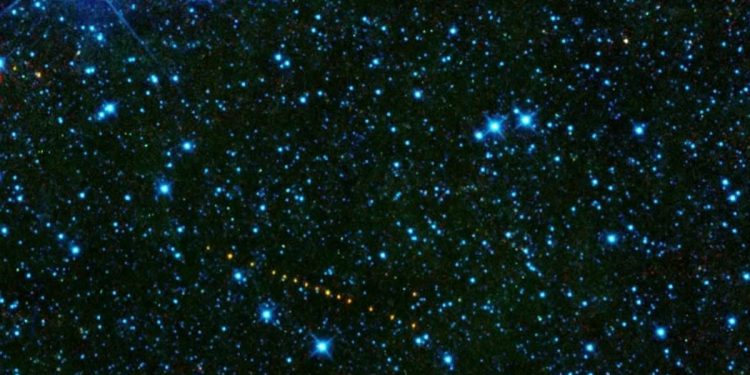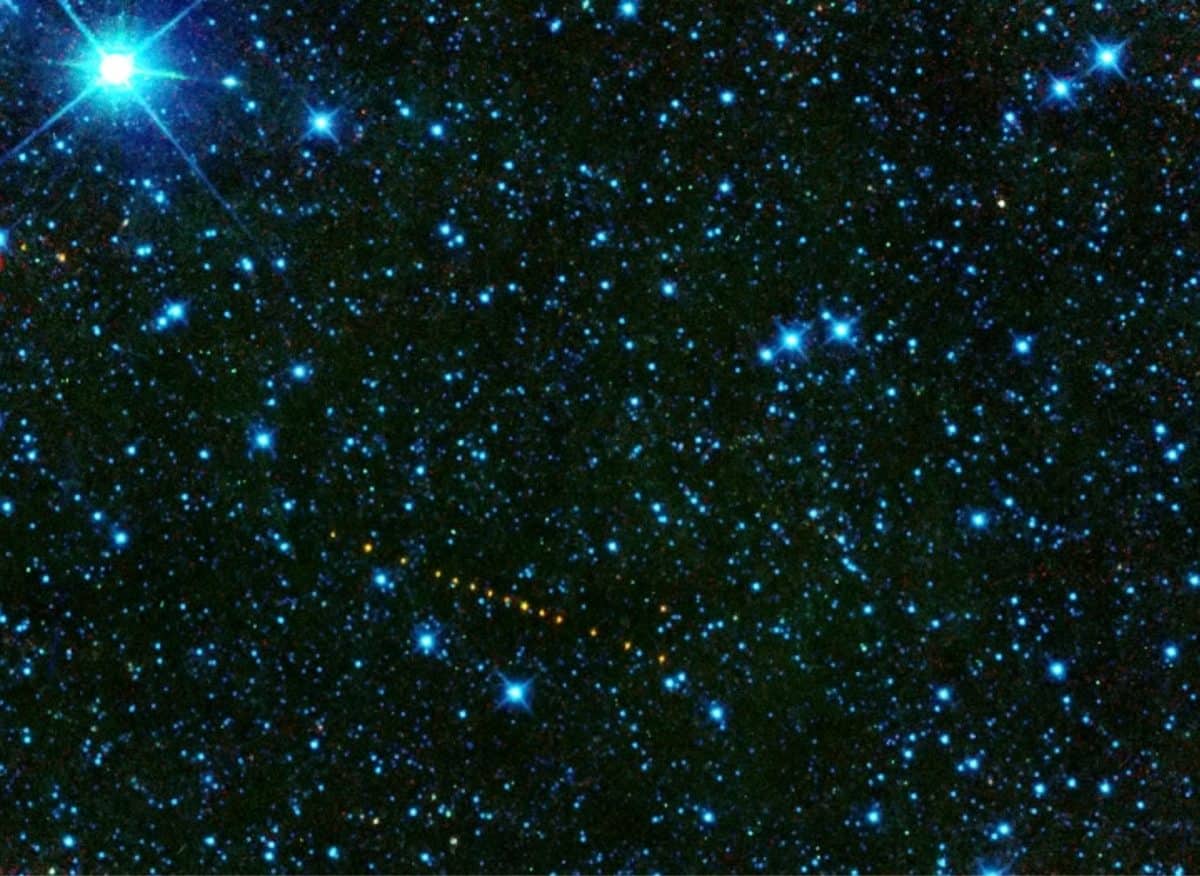Life found under the Dead Sea and scientists express it may help in the hunt for ET life


credit;SWNS
Life has been found under the Dead Sea – 1,300 feet beneath its floor.
And, among the most inhospitable places on Earth, scientists say the discovery has implications for the search for extraterrestrial life.
An international team drilled a 400 metre deep and 10cm across hole through the lake’s bed – and analysed each layer of sediment metre by metre.
That revealed a strategy that allows bacteria to outlive by feeding around the remains of other organisms.
It sheds light on how life can be cultivated in the most unfortunate conditions. Additionally, it provides vital leads for detecting life on other planets.
Lead author Professor Daniel Ariztegui said: “Establishing how life adapts in the most hostile conditions also reveals important avenues of research for discovering life on other planets.
“Which provides for us a concept not only of the items you should be looking for but additionally helps develop increasingly sophisticated microbial techniques.”
The Dead Sea is much more than 10 times saltier than seawater, which makes it impossible for larger organisms such as fish and aquatic plants to survive.
It includes a single source, the Jordan River, and is not attached to the ocean. This landlocked nature causes water to evaporate and leave behind massive amounts of salt, making it so dense that people can float over it.
It contains 275 grams of salt per litre – when compared with 20 to 40 in the oceans. You are able to microbial life exists there.
Now research finds organisms including bacteria and salt loving microbes called archaea – have even adapted towards the sediments. This can be a particularly hostile environment with no light, oxygen or food.
Earth scientist Professor Daniel Ariztegui, of the University of Geneva in Switzerland, said: “It's about studying bacteria and archaea – the oldest types of life on the planet – living in the sediments, and analysing the transformation processes that derive from their presence, and that’s called diagenesis.”
The study, published in the journal Geology, also reconstructed the climate of the Dead Sea during the last 200,000 years.
Co author Dr Camille Thomas, located in the same lab, said: “We started by freezing the collected samples to preserve any genetic material that might degrade at 70 degrees.
“Then we used different techniques, including scanning electron microscopy, which can identify at very high resolution the remains of microbes that could have changed the original composition of the sediments.”
The aim was also to extract the organic compounds held in the salt, such as DNA or lipids.
“This permits us to recognize the organisms living or have lived in the sediment, and helps us know how they have the ability to survive under these conditions,” said Prof Ariztegui.
Earlier research had shown that archaea could be found in the most saline environments in the Dead Sea.
“But here we uncovered molecules known as isoprenoid wax esters that can’t be manufactured by archaea but only by bacteria from fragments of archaea,” said Dr Thomas.
This proves a kind of life other than archaea developed that's potentially still present in these sediments – bacteria.
She said: “Archaea be capable to withstand the Dead Sea’s very high amounts of salinity. Until now, these were the only real ones that had been identified in the deep waters from the Dead Sea.
“But it turns out another population can overcome these intense conditions by feeding on the corpses of archaea – bacteria, which we thought were not very well adapted.”
In becoming “necrophages”, these bacteria happen to be in a position to acclimatise to one of the very most severe environments on our world.
Furthermore, they've contributed to caffeine changes based in the sediments of the Dead Sea.
The salty sediments from the Dead Sea are still filled with mysteries, particularly concerning the life forms harbored there, commonly known as the deep subsurface biosphere.
There is a vast microbial biomass below Earth’s surface, which survives without oxygen, light, or fresh food delivery.
Given its exceptional salinity, the Dead Sea subsurface is an environment where every day life is pushed to the limits and, as such, constitutes a prime choice to investigate how life forms can adapt and thrive.
By looking at molecular fossils preserved in deep sediments, they of Swiss and French scientists found unique molecular compounds, referred to as storage lipids, in the most saline sedimentary layers of the lake.
This all constitutes an unprecedented strategy for survival within the deep biosphere, widening knowledge of adaptations exhibited by microorganisms to reside in extreme environments.






